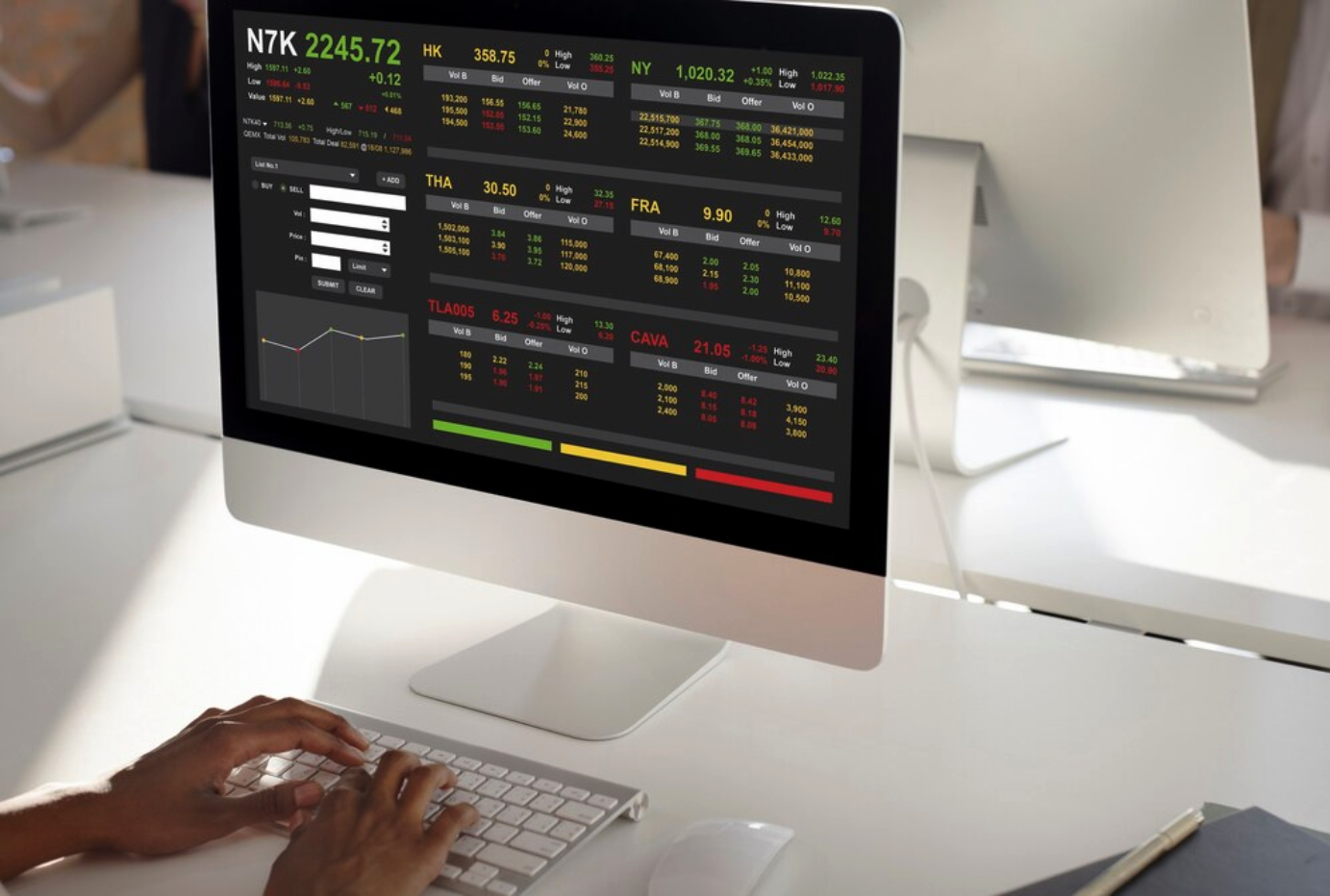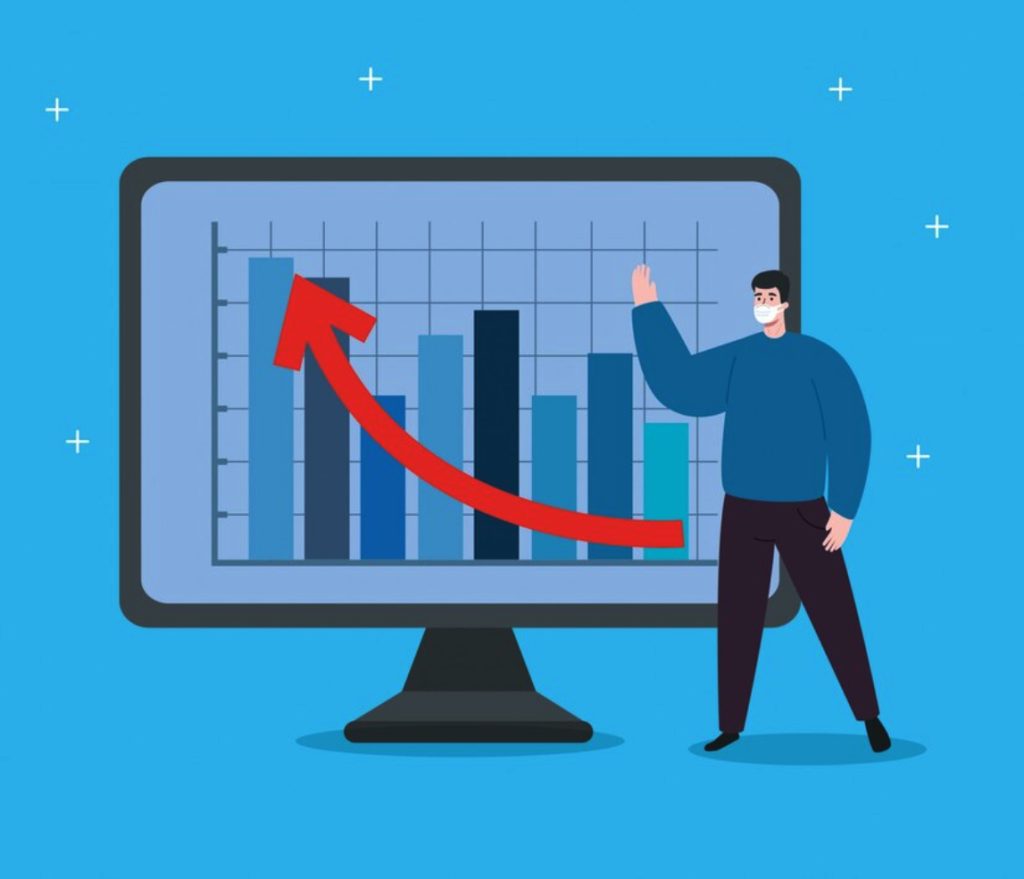Oreo – The issue is that trading on the stock exchange market involves very significant emotional influence. Bad decisions and a fairly poor trading experience result from the panic of fear and greed. You would not know how to make the suitable deal if you do not know what market attitude is. Many traders lack dependable markers to gauge the mood of the market based on these feelings.
Among the most useful instruments for estimating volatility and market emotion is the VIX Index, sometimes referred to as the “fear index. The VIX Index gauges the stated volatility of S&P 500 options, so it reflects the actual future movement expectations of an investor. Since it is computed in real-time, it helps the traders decide, depending on the state of the market, when to start a deal or abandon one.
This paper will walk you through efficient usage of the VIX in trading techniques. With full trading rules and results, we will follow four VIX trading strategies to demonstrate how one builds on the others. By the end of this paper, you will have a far better understanding of how the VIX might support your trading decisions and ideally increase your results.

The VIX Index what is it?
Measuring the implied volatility of options on the S&P 500, the VIX Index gauges investor perspective on anticipated market swings. A low VIX score denotes some degree of complacency; a high VIX reading shows that investors have great amounts of anxiety. Actually, this link is reverse: the stock market typically declines when the VIX rises and vice versa.
VIX Interpretive Notes Key Insights
- High VIX suggests future market downturns and panic.
- Low VIX: This points most likely to complacency and a correction needed.
- These realizations enable traders to control risk and identify more possibilities, thereby timing their entrance and exit in the market.
Testing VIX Trading Strategies via Backtracking
Strategy 1: Vix and moving averages
Trade Guidelines:
- Buy: Anytime VIX exceeds its 20-day moving average.
- Exit: S and P 500’s closing is higher than the high of yesterday.
- VIX > 20-day MA averages 0.05%
- VIX, average daily return, for 20 days: 0.03%
- Equity Curve: As the VIX rises, the equity curve is progressively rising.
The method therefore works as, on averages, returns are higher during more volatile times.

Strategy 2: VIX combined with bollinger bands
Rules of Trade:
- Buy: Ten day (two standard deviations) when the VIX breaks out above its upper Bollinger Band.
- Exit: Should the close of the S&P 500 surpass the high of yesterday.
Function:
- Average Return on Every Trade: 0.45%
- Annualized Returns: 4.6%
- Max Loss: 22% (versed from 55% for S&P 500).
When volatility is high, this is far less than the return of a buy-and- hold; still, it greatly reduces loss and offers a great return.

Strategy 3: Breakout Approach
regulations:
- Entry: When the VIX rises to a fresh 20-day high and the 5-day RSI exceeds 65.
- Exit: At the end of the day when the S&P 500 exceeds its highest point from previous day.
Capacity:
- Average Return on Every Trade: 0.55%
- Returns annually: 4.8%.
- Drawdown for Max: 22%.
This approach goes beyond the others in including an RSI filter, therefore improving the accuracy of the entry without resorting to too steep drawdowns.
Strategy 4: Trading Over Night Strategy
Trading Rules:
- Purchase: Day ending.
- Sell: Next day conclusion.
Outcome:
- 0.28% is the average return per trade.
- Complete Trade Count since 2000: 577
- Return with risk adjusted value: 69.
While buy and hold techniques catch up, this overnight trading approach lowers the period of market exposure and catches short run moving market swings.
Conclusion
Traders should grasp the market mood and volatility from this treasure store. These four techniques are by themselves models of one employing the VIX to try to turn a profit. Though varied statistics show overall, generally speaking, trading during periods of great volatility seems to yield better gains.
The moment to buy comes when the streets are filled with blood. Nathan Rothschild described it that way. Now, using the VIX as a guide, this compass will enable traders to negotiate fear and greed and set themselves for success entering the stock market. Any comments or queries are welcome to be added in the comments part below!

